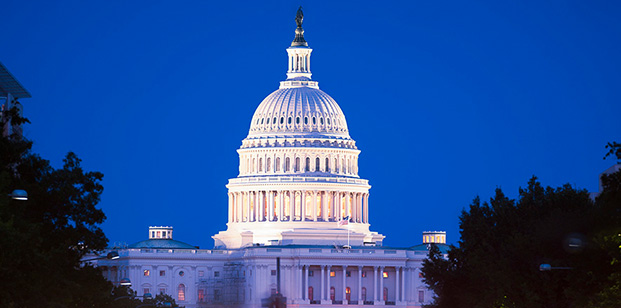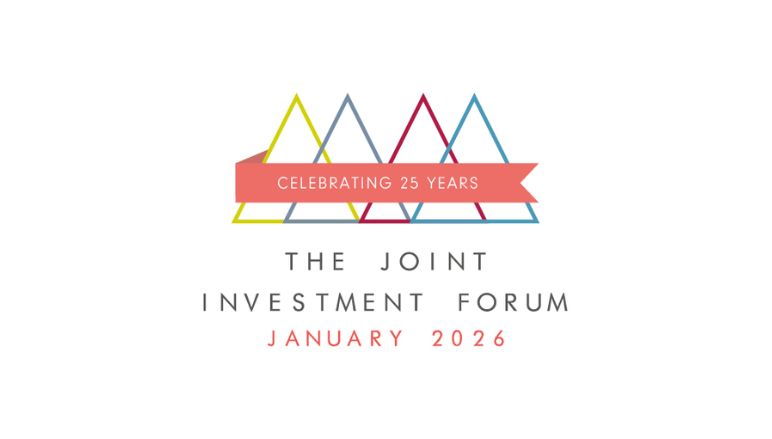Donald Trump may be the latest world leader to find that bond markets are their true boss.
- Volatility in the bond market has not been as easy to tame as stock market volatility
- Donald Trump has quickly learned that heavily indebted nations cannot play fast and loose with the bond market
- Investors may be losing faith in ‘safe haven’ treasuries, with significant repercussions
Limited concessions on tariffs may have restored some calm to global stock markets. However, the impact on the bond market may prove more difficult to unwind. Treasury markets have been volatile and have failed to provide a ballast to stock market weakness. The longer-term repercussions of troubled treasury markets are harder to quantify.
Like Liz Truss before him, Donald Trump has quickly learned that heavily indebted nations cannot play fast and loose with the bond market. In the immediate aftermath of his tariff announcements, bond yields started to drop in expectation of a recession. However, shortly afterwards, they started to move higher.
There are those who take a benign explanation, suggesting that rising bond yields were simply a sign of market noise – hedge funds covering their positions or similar. Certainly, this has some credibility as a theory. Bond yields have stabilised somewhat this week, albeit at a higher level.
However, there are those who see a more sinister explanation: that investors have started to rethink the stability of US assets. Gabriele Foà, portfolio manager at Algebris Investments, said: “The 30-year Treasury yield is nearing 5% and long-end real yields have reached all-time highs, now 85 basis points above comparable swap rates, implying a rising credit premium on US assets. While part of the move is technical, it is also a warning sign for both the administration and the Fed.”
In an potentially connected intervention, Federal Reserve chair Jay Powell has warned that Trump’s policy threatens the central bank’s goals of price stability and low unemployment. He said tariffs were “significantly larger than anticipated”, adding that “the same was likely to be true of the economic effects, which will include higher inflation and slower growth”.
If investors are losing faith in US treasuries as the ultimate safe haven asset, it could have broad repercussions. If their safe havens are not as safe as they thought, they may be more constrained on risk. This equation could continue to unsettle markets.
It is also dangerous territory for a country where interest payments are now around $1 trillion per year. Treasury secretary Scott Bessent has made it clear that he sets considerable store by declining bond yields and this threatens to destabilise attempts to reduce the cost of the US debt burden. The US has been given considerable leeway to borrow by global markets, and this ability may start to be tested.
The role of China could prove important. As a major holder of US treasuries, it may decide to sell down its position, which would push up yields. This is a dangerous game to play, but one that Chinese policymakers may consider worth the risk.
All in all, it is a precarious moment for the US economy. Donald Trump may have declared that bond markets are ‘beautiful’, but the feeling doesn’t appear to be mutual.


















